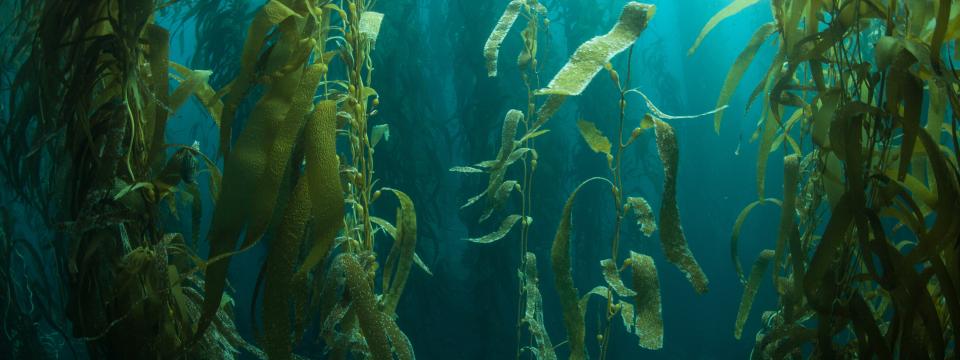This bibliography gathers publications over many years from a variety of researchers exploring topics of agency, directionality, and function (among others) with a special emphasis on CASP members. It began with work from teams within the initial Agency, Directionality and Function project and continues to be populated with papers and articles from diverse researchers looking to further develop and expand ways of working interdisciplinarily on the complex theme of teleology.
Included in the bibliography are entries for publications and books that many scholars involved in the Agency, Directionality and Function project recommended as foundational texts in their field of study. We welcome suggestions for additions to the bibliography from CASP members.
Adaptation and Adaptationism
Steck, M. K., Zambre, A. M., & Snell-Rood, E. C. (2022). Plasticity in resource choice: a time-limited butterfly prioritizes apparency over quality. Animal Behaviour, S0003347222003189.
Takacs, P., & Bourrat, P. (2021). Fitness: static or dynamic? European Journal for Philosophy of Science, 11(4), 112.
Takacs, P., & Bourrat, P. (2022). The arithmetic mean of what? A Cautionary Tale about the Use of the Geometric Mean as a Measure of Fitness. Biology & Philosophy, 37(2), 12.
Turner, J.S. (2007).The Tinkerer’s Accomplice: How Design Emerges from Life Itself. Cambridge: Harvard University Press.
Valach, M., Moreira, S., Petitjean, C., Benz, C., Butenko, A., Flegontova, O., Nenarokova, A., Prokopchuk, G., Batstone, T., Lapébie, P., Lemogo, L., Sarrasin, M., Stretenowich, P., Tripathi, P., Yazaki, E., Nara, T., Henrissat, B., Lang, B. F., Gray, M. W., … Burger, G. (2023). Recent expansion of metabolic versatility in Diplonema papillatum, the model species of a highly speciose group of marine eukaryotes. BMC Biology, 21(1), 99.
W. Schulz, A. (2023). Explaining Human Diversity: the Need to Balance Fit and Complexity. Review of Philosophy and Psychology, 14(2), 457–475.
Walsh, D. (2015). Organisms, Agency and Evolution. Cambridge (UK): Cambridge University Press.
Williams, G.C. (1966). Adaptation and Natural Selection: A Critique of Some Current Evolutionary Thought. Princeton: Princeton University Press.
Wouters, A. (2007). “Design explanation: determining the constraints on what can be alive.” Erkenntnis 67:65–80.
Agency and Autonomy
Ågren, A. J. (2021). Why the selfish genes metaphor remains a powerful thinking tool | Aeon Essays. Aeon.
Ågren, J. A. (n.d.). Genes and Organisms in the Legacy of the Modern Synthesis. In T. E. Dickins & B. J. A. Dickins (Eds.), Evolutionary Biology: Contemporary and Historical Reflections Upon Core Theory (Vol. 6). Springer Nature.
Ågren, J. A., & Patten, M. M. (2022). Genetic conflicts and the case for licensed anthropomorphizing. Behavioral Ecology and Sociobiology, 76(12), 166.
Arnellos, A., & Moreno, A. (2022). Cognitive functions are not reducible to biological ones: the case of minimal visual perception. Biology & Philosophy, 37(4), 35.
Austin, C. J. (2023). Complex Powers Making Many One. In A. Marmodoro, A. Roselli, & C. J. Austin (Eds.), Powers, Parts and Wholes: Essays on the Mereology of Powers (1st ed.). Routledge.
Barandiaran, X., E. Di Paolo, and M. Rohde. (2009). “Defining agency. Individuality, normativity, asymmetry and spatio-temporality in action.” Adaptive Behavior 17(5):367–386.
Bechtel, W., & Bich, L. (2023). Using neurons to maintain autonomy: Learning from C. elegans. Biosystems, 232, 105017.
Beckner, M. (1968).The Biological Way of Thought. Berkeley and Los Angeles: The University of California Press.
Bich, L., & Bechtel, W. (2022). Control mechanisms: Explaining the integration and versatility of biological organisms. Adaptive Behavior, 105971232210744.
Bich, L., & Bechtel, W. (2022). Organization needs organization: Understanding integrated control in living organisms. Studies in History and Philosophy of Science, 93, 96–106.
Black, A.J., Bourrat, P. and Rainey, P.B. (2020). “Ecological scaffolding and the evolution of individuality.” Nature Ecology & Evolution 4:426–436.
Buss, L. (1987). The Evolution of Individuality. Princeton: Princeton University Press.
Callebaut, W. G.B. Mueller, and S.A. Newman. (2007). “The organismic systems approach. Streamlining the naturalistic agenda.” In Integrating Evolution and Development: From Theory to Practice. Edited by R. Sansom and R.N. Brandon. Cambridge (UK): Cambridge University Press, 25–92.
Camazine, S., J.-L. Deneubourg, N. R. Franks, J. Sneyd, G. Theraulaz and E. Bonabeau. (2001). Self-Organization in Biological Systems. Princeton: Princeton University Press.
Davies, J., & Levin, M. (2023). Synthetic morphology with agential materials. Nature Reviews Bioengineering, 1(1), 46–59.
Dawkins, R. (1976).The Selfish Gene.Oxford: Oxford University Press.

